The latest modifications made to China's COVID-19 policy — such as shortening quarantine time and limiting contact tracing — are aimed at adjusting to new viral mutations, integrating fresh scientific evidence, and managing limited resources in a vast country more efficiently, health authorities said on Saturday.
"Our constant upgrading of virus containment measures is not a relaxation of epidemic control work, but signals an emphasis on being more scientific, precise, so as to rein in outbreaks while minimizing their impact on economic and social development and daily lives," said Lei Haichao, vice-minister of the National Health Commission.
China has published nine versions of COVID-19 prevention and control protocols. The most recent adjustments were outlined in a notice on Friday, which laid out 20 key measures, ranging from quarantine and risk categorization policies, to prohibiting malpractices.
Lei said front-line experiences in coping with local outbreaks, transmission patterns, clinical symptoms of novel strains, and progress in the development of vaccines and treatments were taken into account in the latest revision. "Each step we take in optimization is active and prudent, with potential risks deemed controllable," he said.
The refinements are also expected to address bottlenecks and obstacles, such as a shortage of quarantine facilities and epidemiological investigation personnel. These issues are often related to having a massive population with insufficient and uneven medical resources.
"We have thus decided to no longer determine secondary close contacts of confirmed cases and concentrate epidemiological survey workers on at-risk areas and close contacts so as to rein in local outbreaks in the shortest possible time and at the lowest cost," said Lei.
Also contributing to the decision is that only about three of 100,000 people classified as secondary close contacts eventually tested positive for the virus based on monitoring data, said Chang Jile, deputy director of the National Administration of Disease Prevention and Control.
"It means that no longer tracing them could save a large amount of resources," he said.
Similarly, cutting centralized quarantine time for inbound travelers and close contacts from seven to five days is also based on real-world statistics, which showed that nearly 95 percent of close contacts infected with the current dominant Omicron BA.5 strain returned a positive result within five days of exposure.
"The two-day reduction could free up about 30 percent of centralized isolation facilities," he said.
A further three days of home isolation will be maintained because the longest incubation period for Omicron is eight days, he added.
Chang said other adjustments, such as eliminating the "medium-risk" category designation in at-risk areas and allowing travelers from high-risk areas to isolate at home rather than at centralized isolation facilities, are measures supported by evidence.









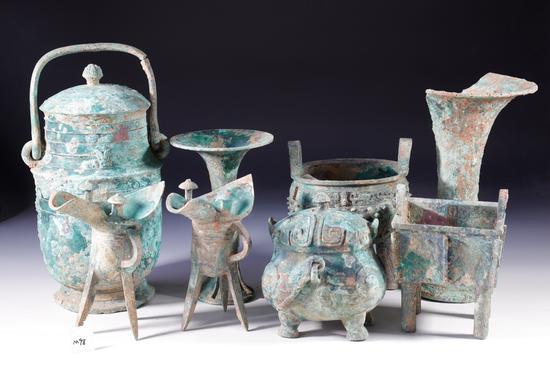


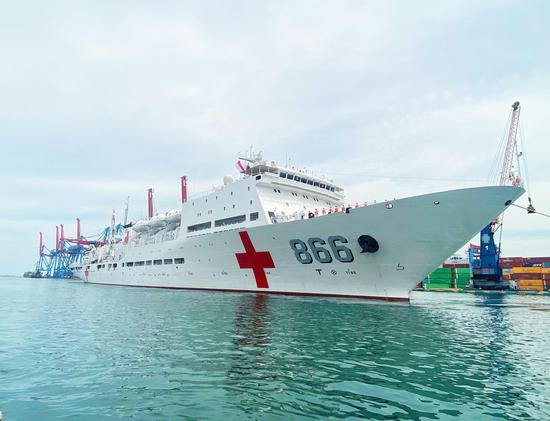





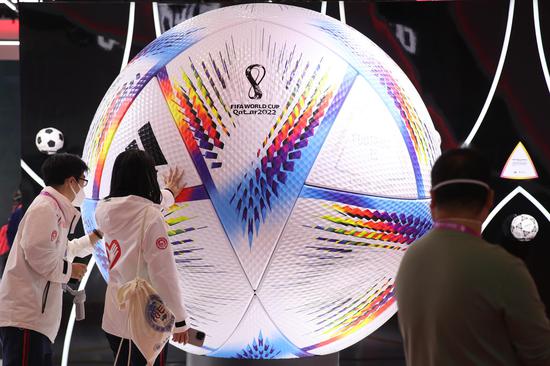
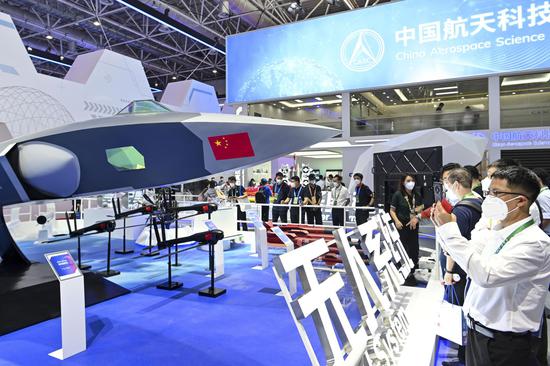


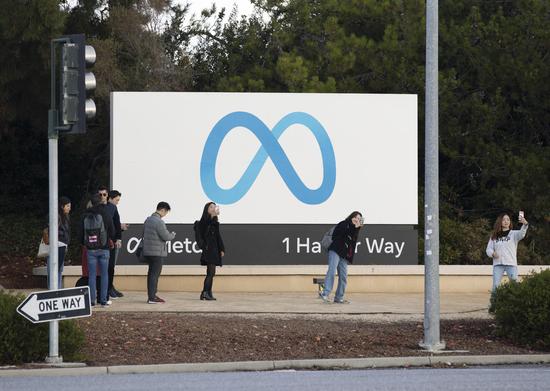



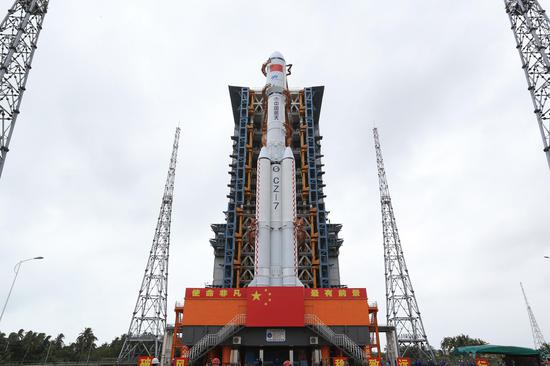

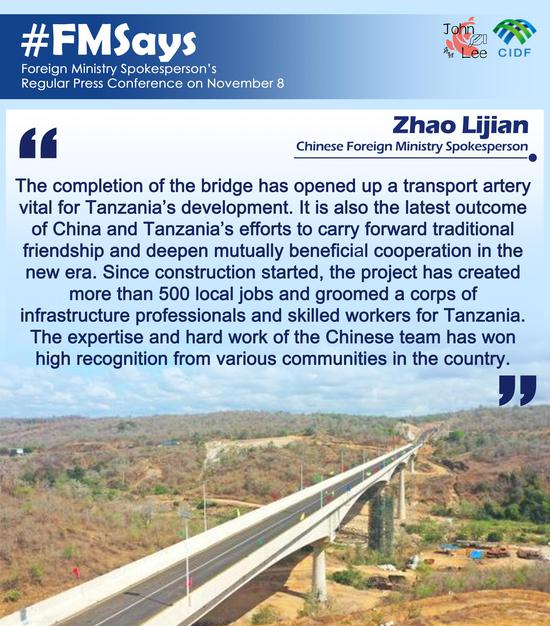




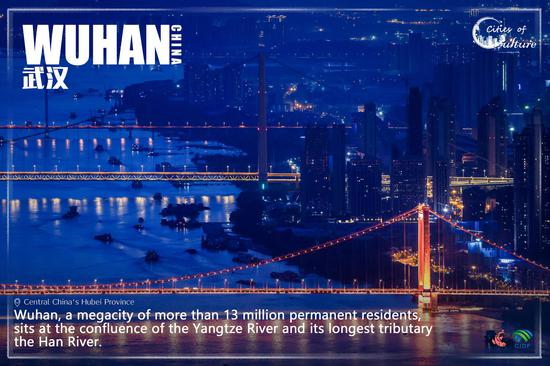





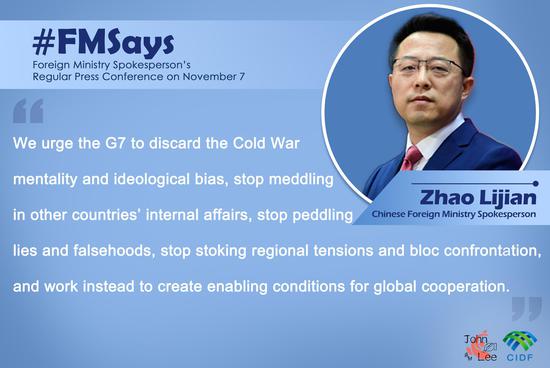
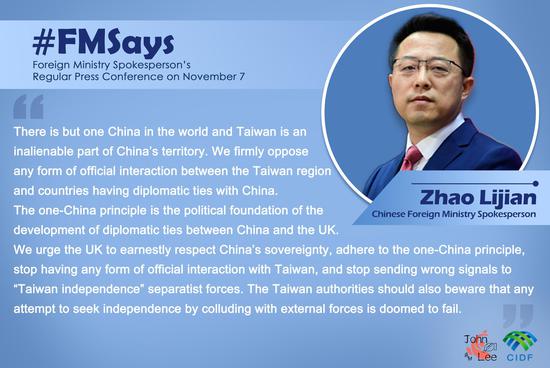
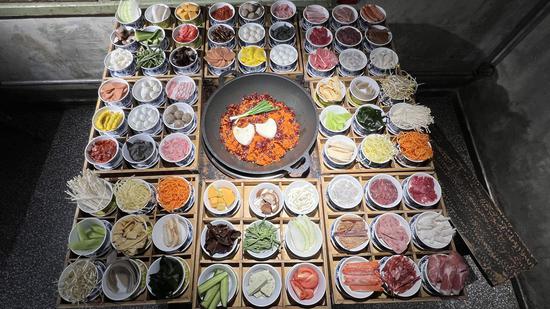

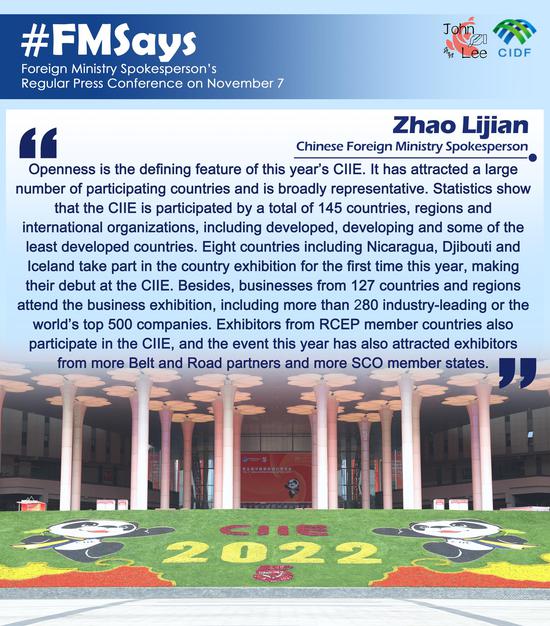






 京公网安备 11010202009201号
京公网安备 11010202009201号